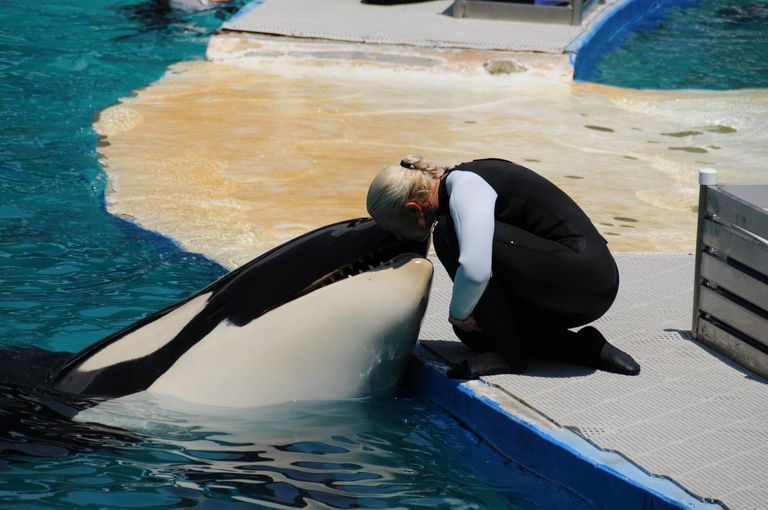Lolita The Whale Is Set To Be Freed After Over 50 Years In Captivity
You may already know Lolita, the star attraction at the Miami Seaquarium. If not, maybe you’ve seen her in the news recently. Lolita the whale has been in captivity since she was four years old, and she’s spent the past 50 years as a resident at the Seaquarium. But in 2023 the owners announced that they’re releasing Lolita back into the wild, which sounds like great news! Yet some people don’t believe it’s for the best.
Lolita's capture
Lolita wasn’t born a wild orca. Her story dates back to the 1970s, when she was just a baby swimming with her pod in Puget Sound just off Seattle. They caught the eye of a group of whale-catchers who struck the family hard and fast, causing several fatalities in the process. One of the adults and four of Lolita’s siblings were killed; the rest were taken captive for aquariums and the like.
Pretty colors
Website euronews.green reported how Miami Seaquarium was in the market for an orca, and they allegedly bought Lolita for a now-paltry $6,050. Initially, they called her Tokitae — or Toki, for short — which actually comes from the Chinook language. Roughly translated, it means “bright day, pretty colors.” But they renamed her in a reference to the Vladimir Nabokov novel of the same name.
Meeting Hugo
That’s because when the Miami Seaquarium acquired Lolita, she wasn’t the only one of her kind they had in captivity. They also had another male orca called Hugo, who was considerably older than Lolita. But despite their age gap — it’s of little consequence to orcas, after all — they became mates. So in a nod to the age disparity, the aquarium renamed her Lolita, which was also presumably easier to pronounce for the English-speaking audiences who were flocking to see the whales perform.
Tragic end
Although they often wowed crowds together, Lolita was in the limelight more than her mate. Hugo was more aggressive than Lolita and not as reliable, so he didn’t make as many shows. His irrational behavior might have had something to do with a mental-health condition, which was also the cause of Hugo’s death. He rammed the side of his tank too often and eventually passed away from a brain aneurysm.

